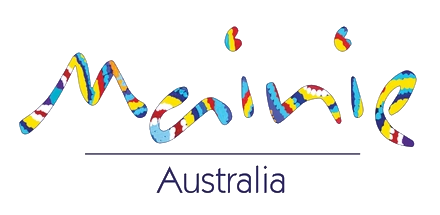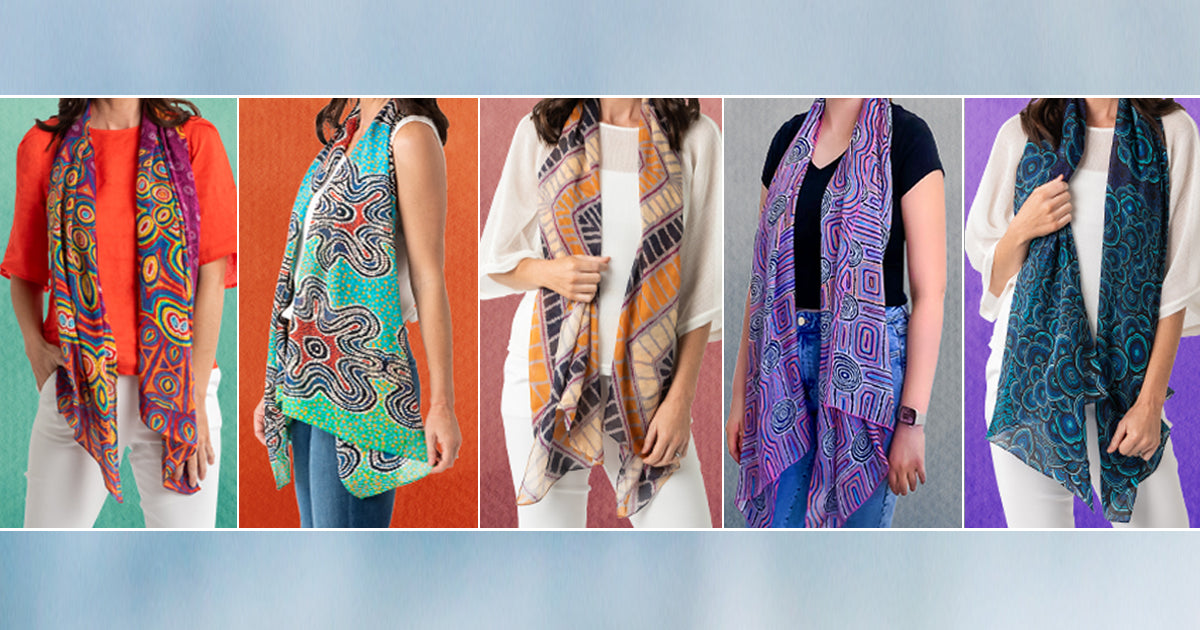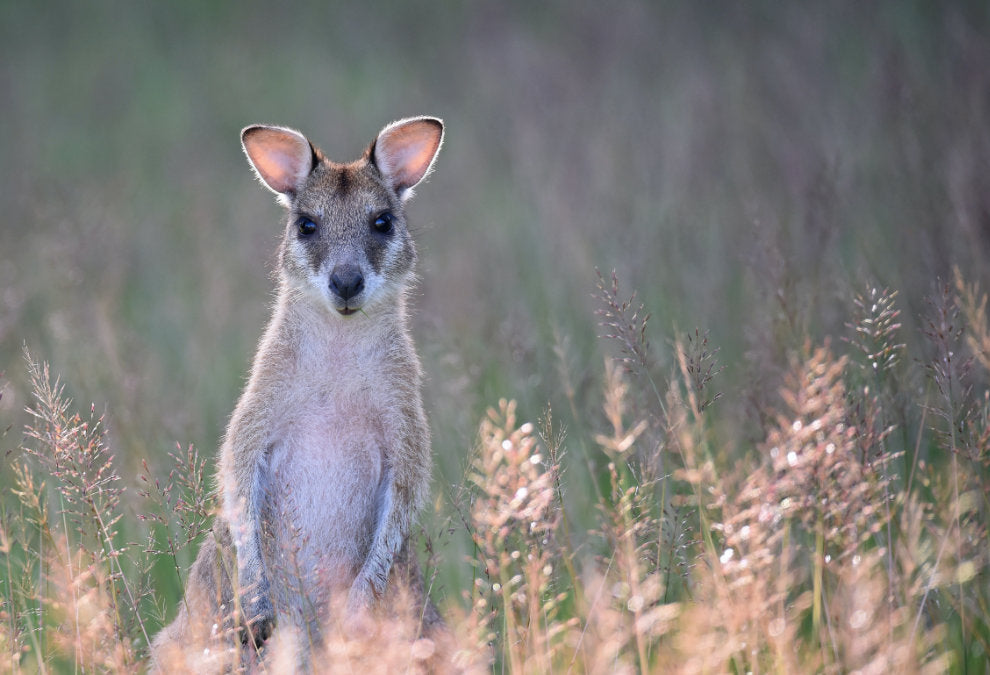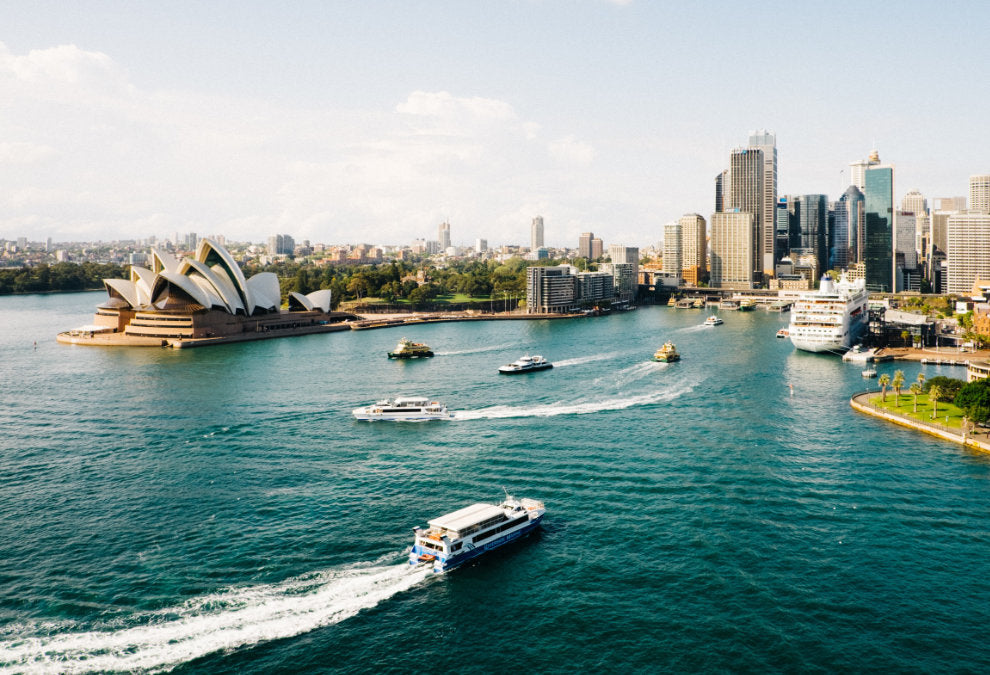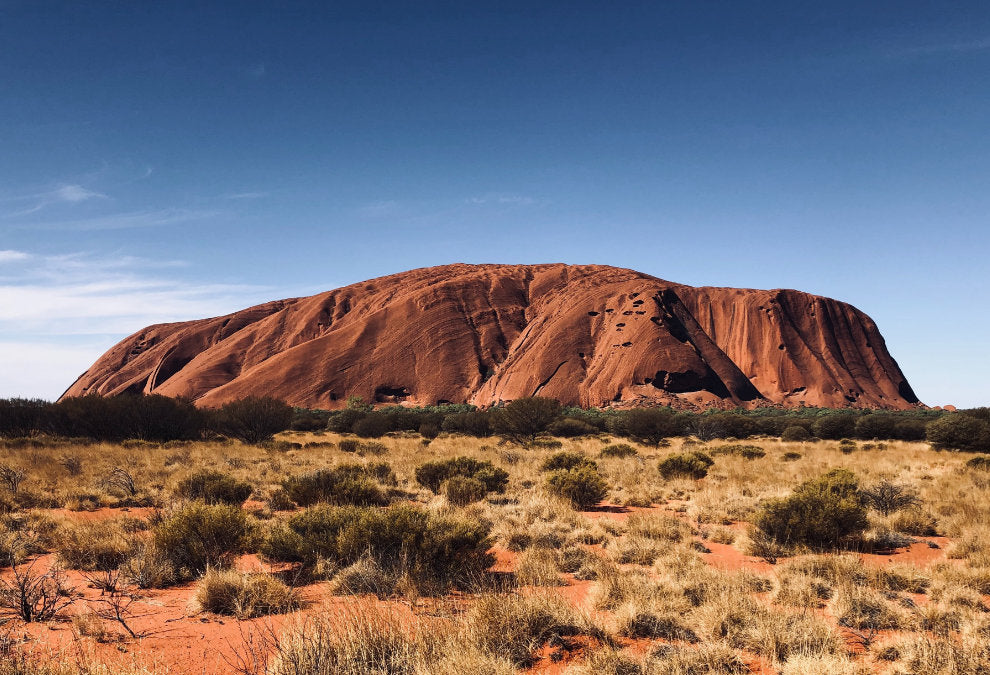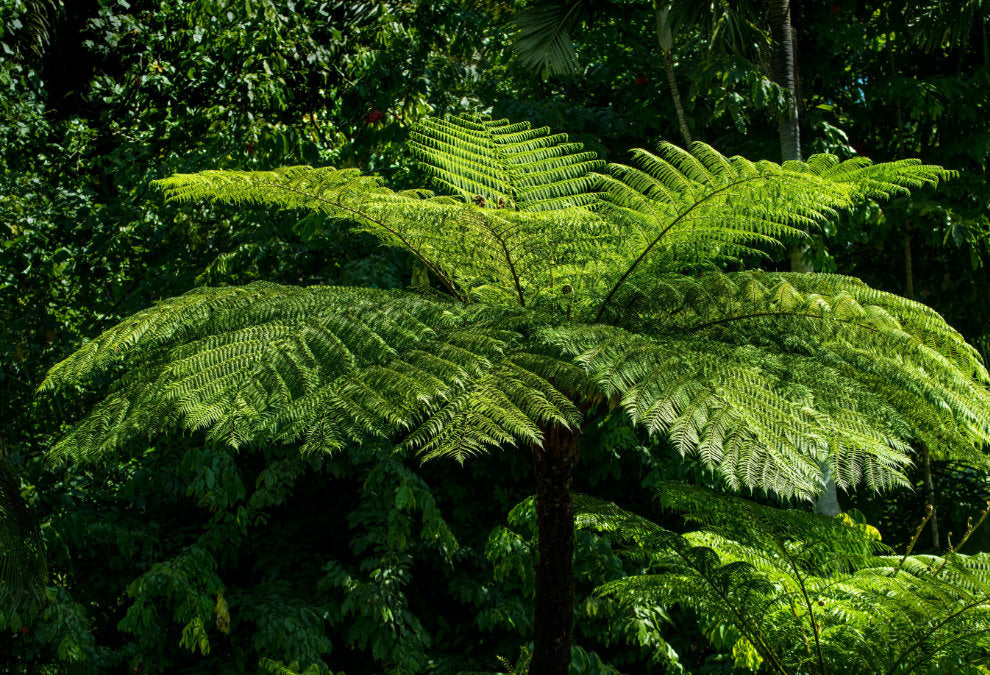





Red Bark Trees | Wool Scarf
Nicole Napaljarri Stevens
Tax included. Shipping calculated at checkout
Choose options






Customer Reviews
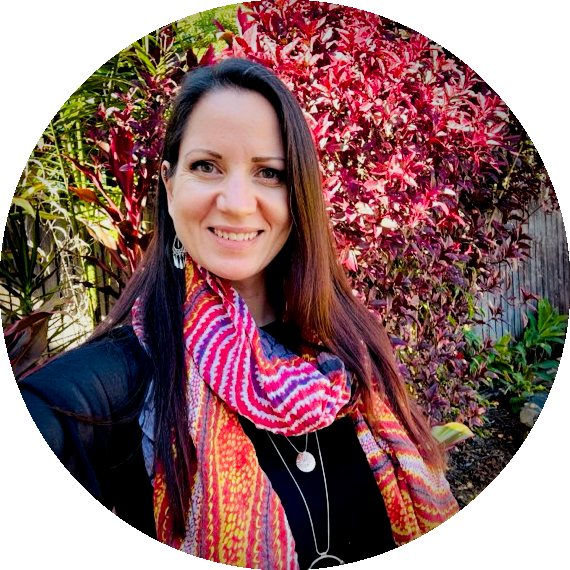
Mainie is a brand I proudly wear for so many reasons. I love that each scarf has a story and that I know with each piece funds go back to the woman that designed it. I adore the vibrancy of the colours and the high quality, I have had my scarves for many years now and they are so versatile from wearing them to do presentations or going out for lunch. I stand for empowering women and standing proud in your individuality and Mainie embodies this in every way.
Lesley Clarke
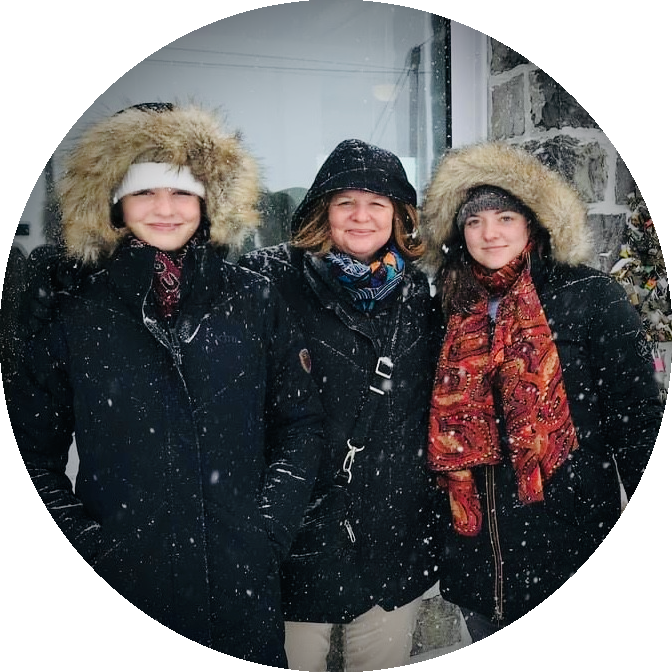
Our Mainie scarves have become an essential wardrobe component both at home and when travelling. They serve to elevate any outfit whilst also celebrating Australian First Nations culture with dignity and sophistication. The silk product is beautiful to wear and the merino wool is unbelievable soft and so warm. Lightweight, easy to pack and always commented on.
Tanya, Emily and Elizabeth
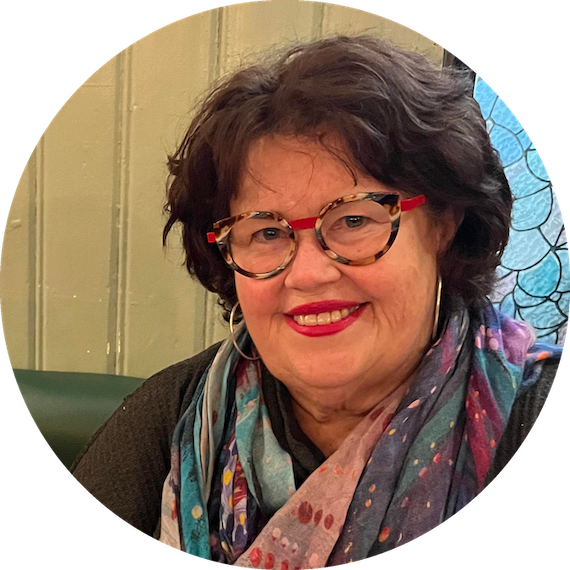
I love the Mainie Scarves, for myself and as the perfect gift. They are investment pieces that will be part of your wardrobe for life. I love travel and one or two scarves are always included in my luggage. They are perfect on the plane and for dressing up outfits. I take a Merino scarf for cooler climates and silk ones everywhere else. However, the very best part is the ethical basis of the brand. I know I support a woman artist from a First Nations community when I purchase something from Mainie. They look good and do good at the same time.
Jo Pyne
